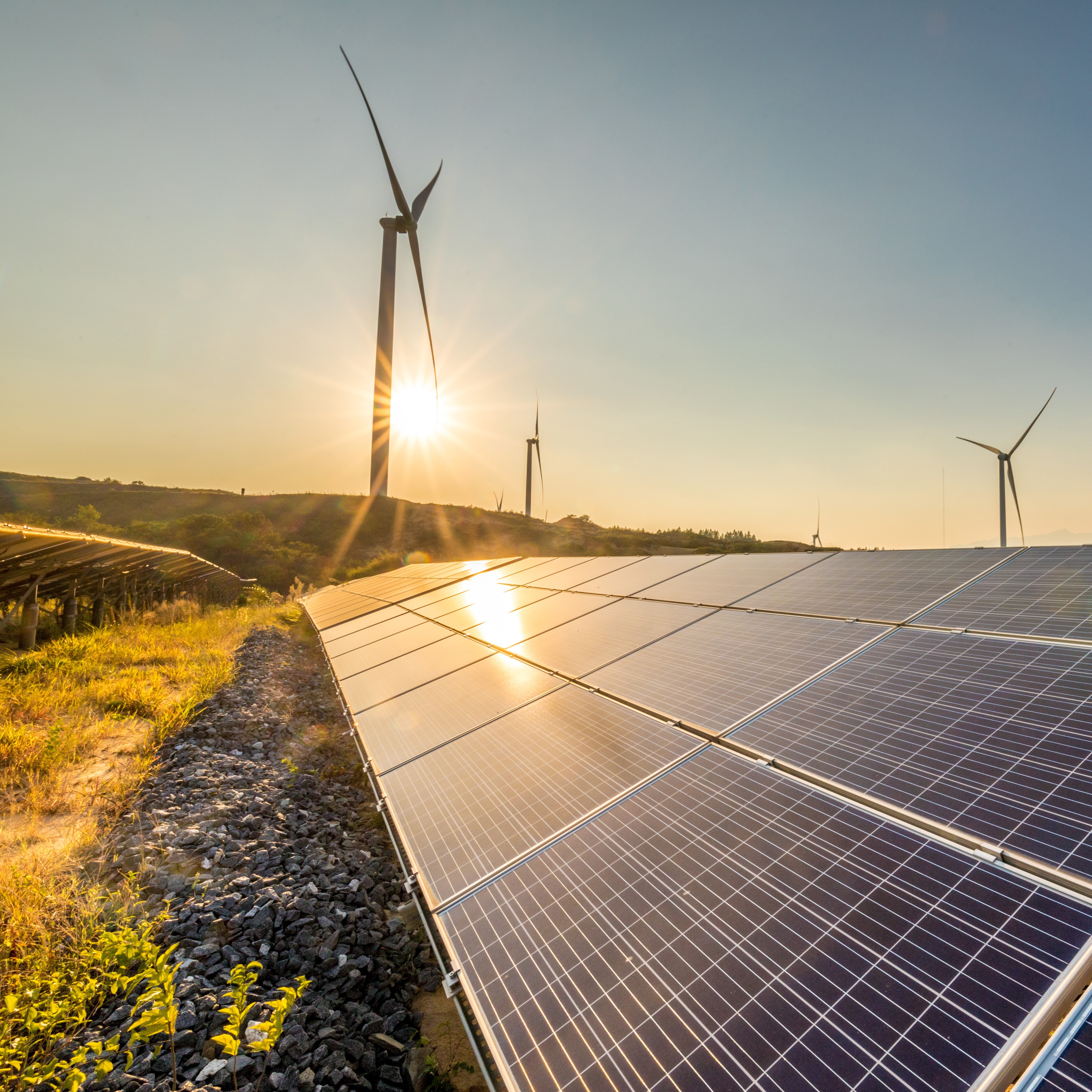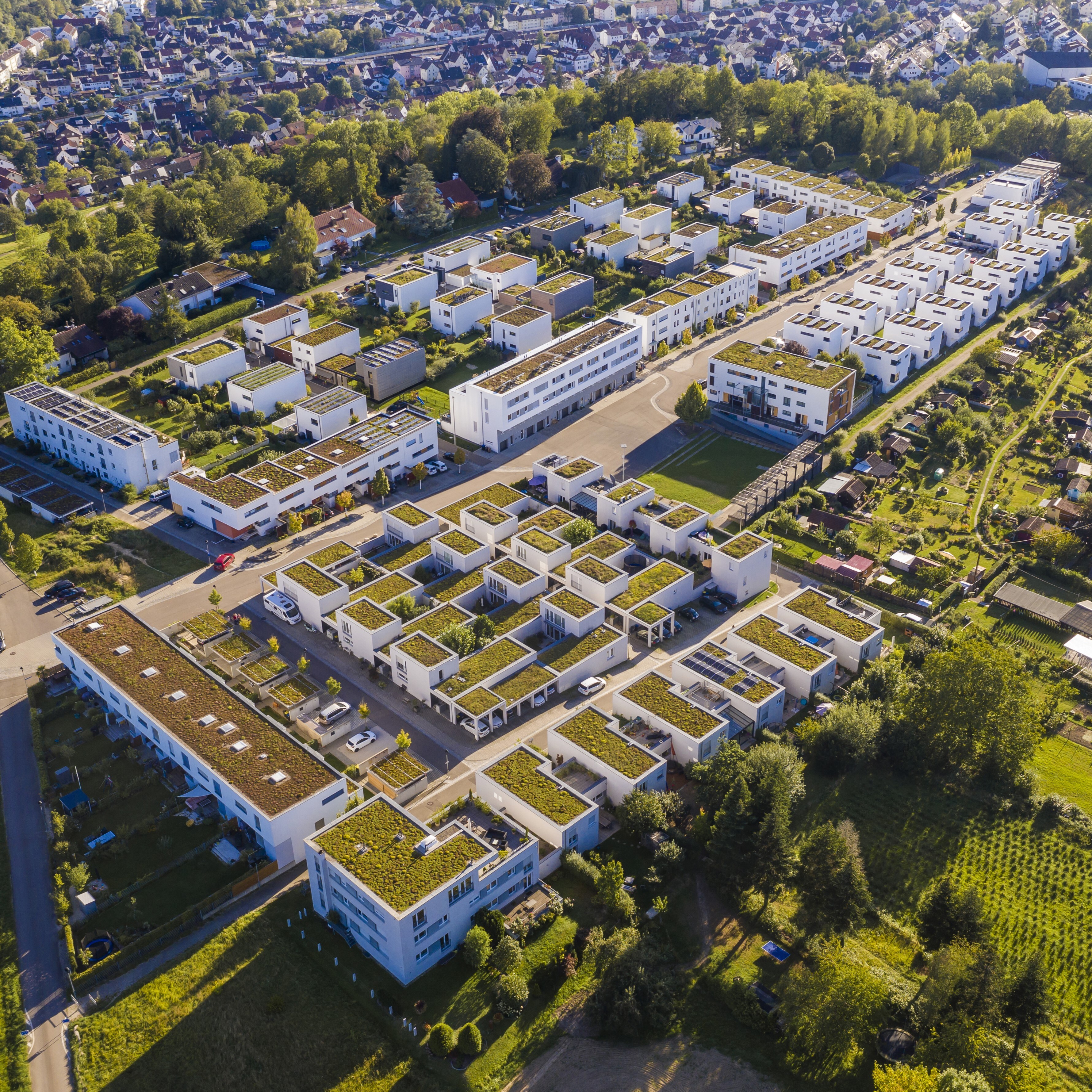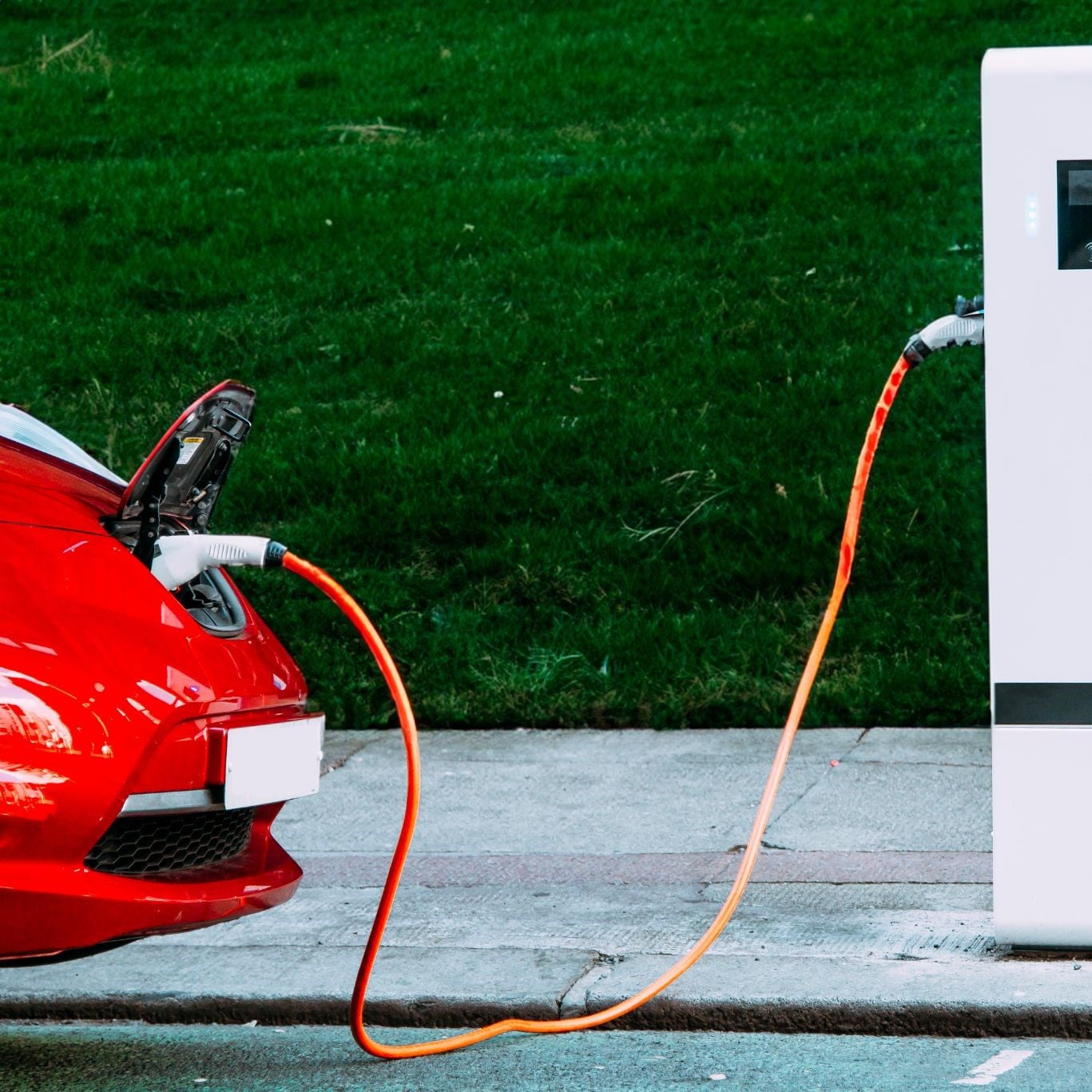What is energy transition?
Energy transition typically refers to the evolution of the global energy sector, from one form of energy production to another in terms of supply and consumption. This is driven by several factors, including the growing demand for more energy and the need for cleaner energy alternatives.
The recent threat of climate change has urged us to decarbonise and shift our energy generation from fossil fuel to a more sustainable, zero-carbon sources, mainly renewable energy. With the projection of a doubled energy demand by 2040 and the energy sector currently responsible for approximately 89%* of GHG emissions, the importance of energy transition becomes clear.
* ‘Global Energy Review: CO2 Emissions in 2021’, International Energy Agency


























